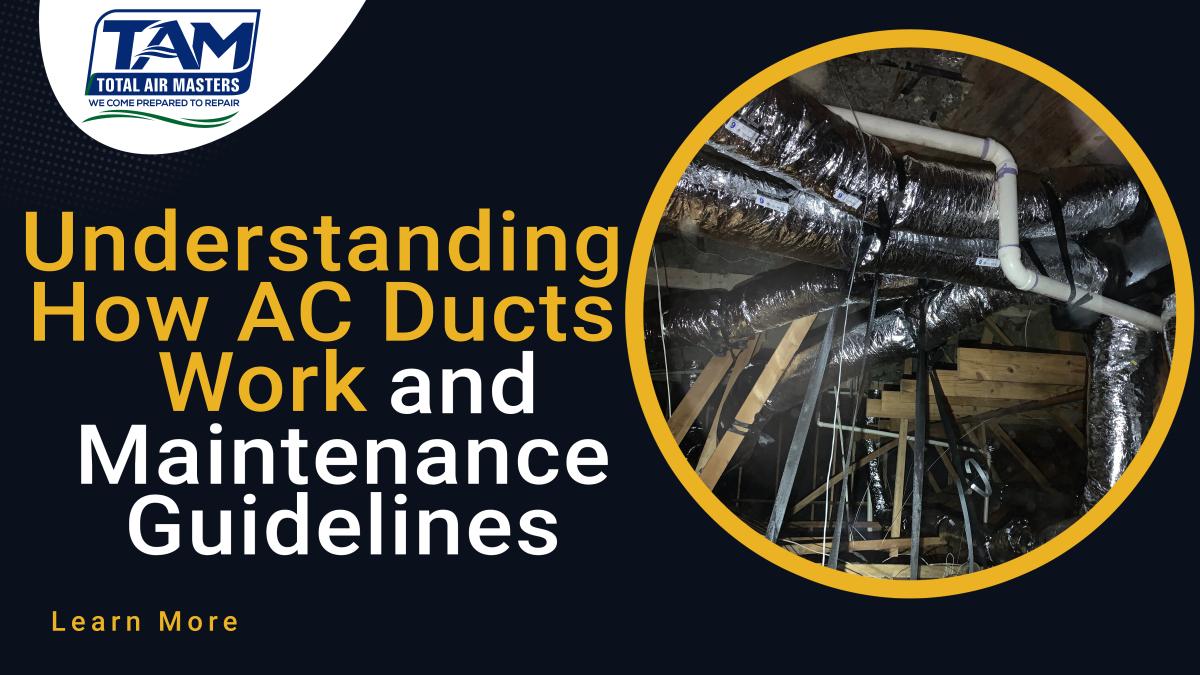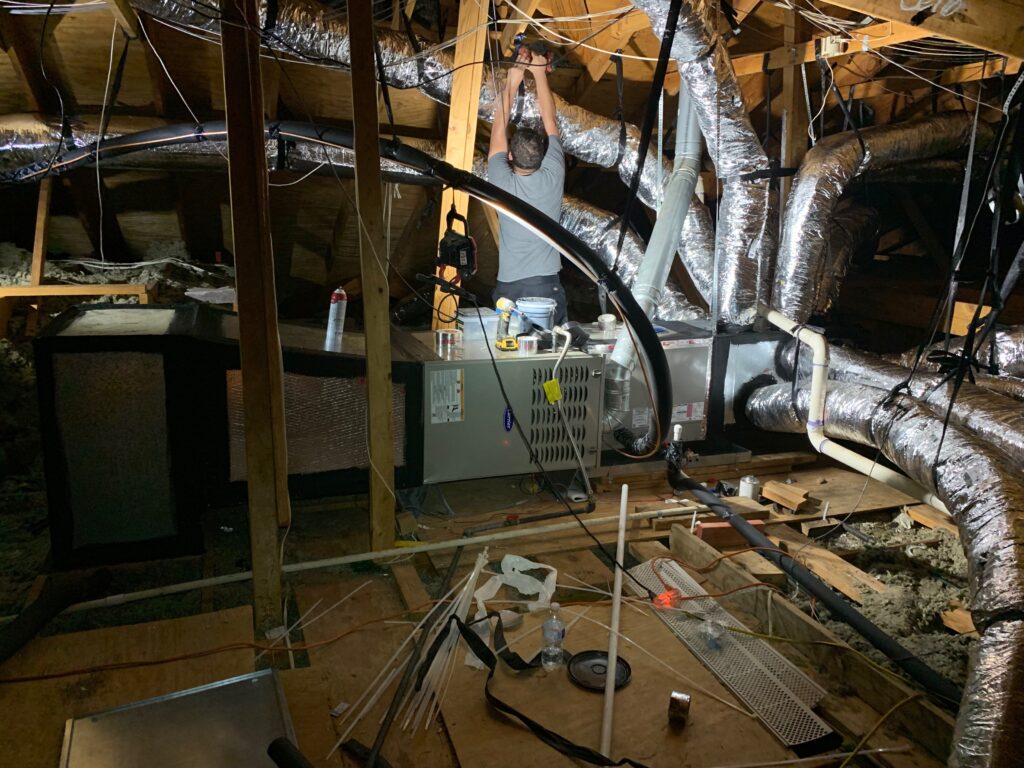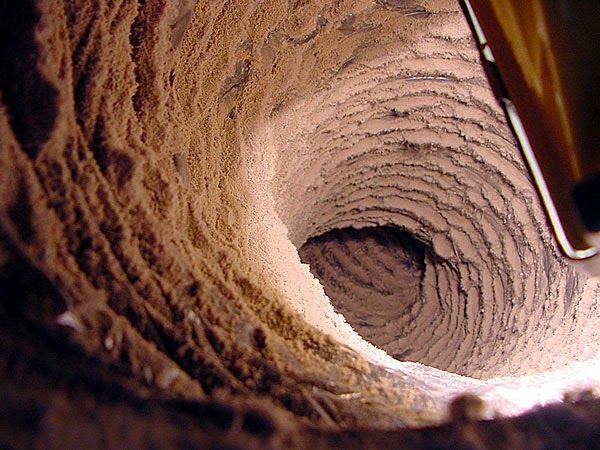
Air conditioning (AC) ducts are an essential part of a modern HVAC (Heating, Ventilation, and Air Conditioning) system, responsible for distributing cool or warm air throughout a building. Understanding how these ducts work and knowing when and how often to clean or replace them is crucial for maintaining indoor air quality, energy efficiency, and overall comfort. In this comprehensive guide, we will delve into the inner workings of AC ducts and provide insights into proper maintenance practices.

How AC Ducts Work
AC ducts are a network of passageways that carry conditioned air from the HVAC system to various rooms within a building. Here’s a step-by-step explanation of how they work:
- Air Intake: The process begins with the HVAC system drawing in air from the surrounding environment. This air is typically filtered to remove dust, debris, and contaminants before it enters the ductwork.
- Conditioning: Once inside the HVAC unit, the air undergoes temperature regulation. In the case of air conditioning, the air is cooled, while in heating systems, it is heated. This conditioned air is then pushed into the ducts.
- Distribution: The conditioned air is transported through the ducts using a blower or fan. The ductwork is usually made of metal, fiberglass, or flexible materials, and it consists of a network of tubes and vents that guide the air to different parts of the building.
- Room Vents: At various points along the ductwork, there are room vents or registers. These vents can be adjusted to control the amount of conditioned air that enters each room. They are essential for maintaining a comfortable temperature throughout the building.
- Return Ducts: In addition to distributing conditioned air, AC ducts also contain return ducts. These ducts pull in the stale air from inside the building and return it to the HVAC system for reconditioning. This process helps maintain a balanced air pressure and ensures that indoor air quality is maintained.
- Filtration: Many HVAC systems are equipped with air filters within the ductwork. These filters capture dust, pollen, allergens, and other particles, improving indoor air quality. Regularly changing or cleaning these filters is essential for efficient duct system operation.
Maintenance of AC Ducts
Proper maintenance of AC ducts is crucial to ensure the efficient functioning of your HVAC system and to promote healthy indoor air quality. Here are the key aspects of duct maintenance:
- Cleaning Frequency: The frequency of duct cleaning largely depends on various factors such as local climate, the presence of pets, allergies, and the general cleanliness of the home. In most cases, duct cleaning is recommended every 3 to 5 years. However, if you notice signs of mold, pests, or excessive dust in your ducts, it’s advisable to clean them sooner.
- Signs that Ducts Need Cleaning: Watch for indicators that your ducts may require cleaning, including:
- Visible dust and debris around vents.
- Moldy or musty odors coming from the vents.
- Increased allergy symptoms or respiratory issues among occupants.
- A noticeable decrease in HVAC system efficiency.
- Evidence of pests or vermin in the ducts.
- DIY vs. Professional Cleaning: While some homeowners may attempt DIY duct cleaning using specialized equipment, it’s often best to hire a professional HVAC technician. Professionals have the expertise and tools necessary to thoroughly clean and inspect the entire duct system.
- Duct Sealing: In addition to cleaning, periodic duct sealing is essential. Leaky ducts can result in significant energy loss and decreased HVAC efficiency. Sealing ducts with mastic or metal tape can help prevent air leaks.
- Filter Replacement: Regularly change or clean air filters within the ductwork. This simple task can significantly improve indoor air quality and reduce strain on the HVAC system.
- Inspection: Have your ducts inspected periodically, especially if you suspect issues. Inspections can identify problems like leaks, damaged ducts, or insufficient insulation.
- Duct Replacement: Over time, ducts may deteriorate or become damaged. If your ductwork is old, inefficient, or beyond repair, it may be necessary to replace it. Modern duct systems are designed for better efficiency and indoor air quality.

AC ducts play a vital role in maintaining a comfortable and healthy indoor environment. Understanding how they work and adhering to proper maintenance practices is essential. Regular cleaning, filter replacement, and inspections can ensure that your HVAC system operates efficiently and provides high-quality indoor air. By following these guidelines, you can enjoy the benefits of a well-maintained duct system, including lower energy bills, improved air quality, and a more comfortable living space. Consulting with us for cleaning, sealing, or replacing ducts is often the best approach to ensure the longevity and efficiency of your HVAC system.
